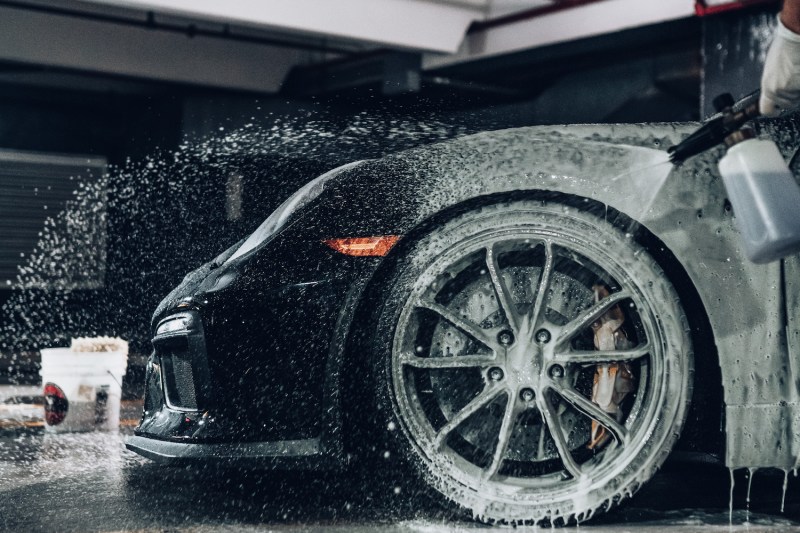
Believe it or not, there are specific skills you need to learn to allow you to give your ride the perfect car wash. It’s more than just washing your car with a wet, soapy sponge and rinsing it with water to get rid of the dirt. If you don’t clean your car properly, you risk damaging the paint, making it look dull, or causing rust buildup.
However, car cleaning is not that complicated if you know the mistakes you should avoid. Even if you take it to a car wash, it’s better to know the things to watch out for. If you’re clueless about it, here are six mistakes you probably make when you wash your car at home and we’re here to remind you to avoid making them.
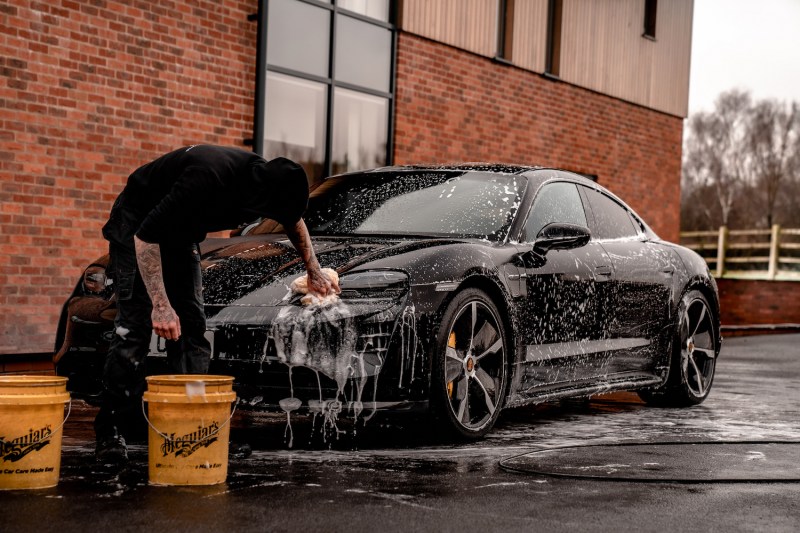
1. Using household cleaning products on your car
First things first, don’t use any household cleaning products to wash your car. This includes dish soap, glass cleaners, abrasive household cleansers, and bleach.
Many household products have ingredients that will strip off the protective wax from your car, making it more exposed to scratches and damage. For instance, most glass cleaners contain ammonia, which can cause cracks in your car windows and mirrors.
So, what is your best option? It’s simple, just pack your car cleaning kit (like these kits from Chemical Guys) with car wash products that are specially formulated to clean your car. More succinctly, if you want to clean your car’s body, use a car shampoo — and if you want to clean the windows, use car window cleaners.
Here are the best car soaps to get the job done yourself.
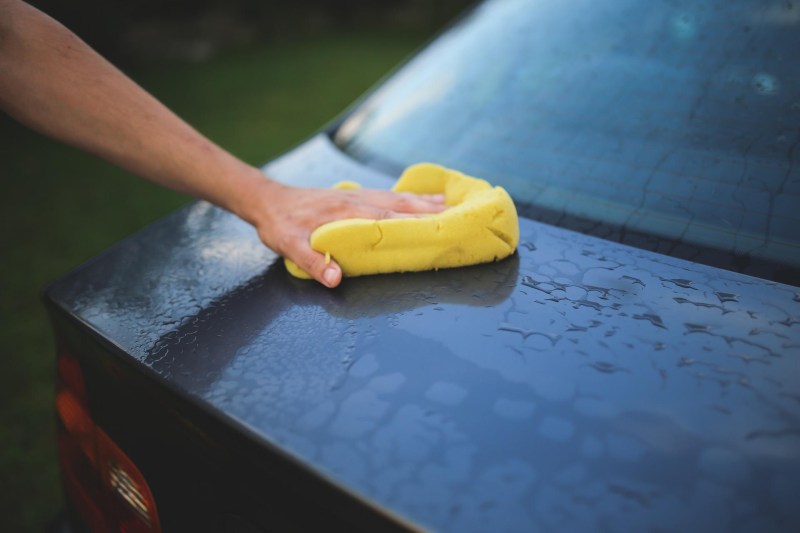
2. Using the wrong material
If you’re cleaning your car, avoid using old towels, rags, T-shirts, or brushes that are abrasive to your paint. Even cleaning the interior with paper towels wouldn’t be a good idea. Instead, it’s better if you use a microfiber cloth with no rough edges to clean your car.
In addition, have different microfiber cloths or sponges for a specific purpose. In other words, use a different microfiber towel for drying your car and another one for waxing. Similarly, don’t make the mistake of dipping your microfiber cloths or sponge in one bucket — you should have at least two buckets, one for washing and rinsing.
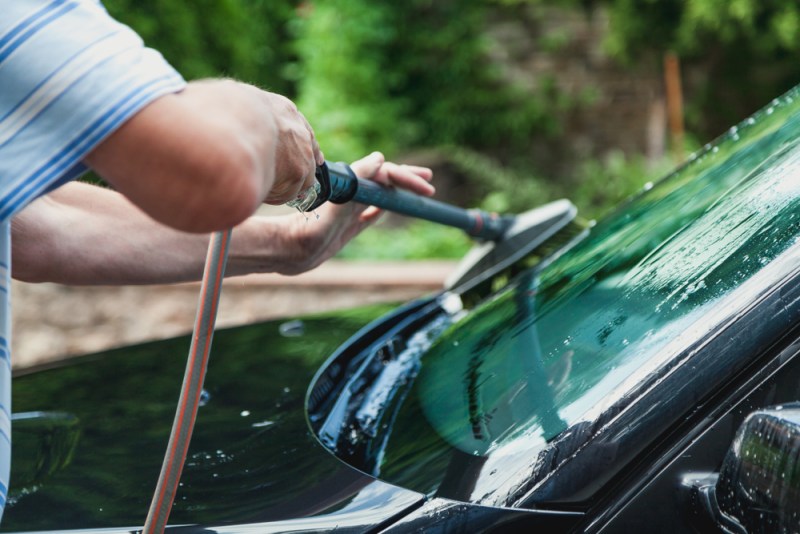
3. Cleaning your car in direct sunlight
The same reason you should avoid parking your car under the scorching sun also applies to why you shouldn’t clean your car in direct sunlight. For starters, you’re more likely to scratch the paint if you clean your car after the surface becomes heated by the sun.
It’s also more difficult to get rid of bird droppings, mud, and dirt stuck on your car’s surface if they’re exposed to high temperatures. Beyond that, you could have soap residue and water spots if the soapy water evaporates before you’ve rinsed it off. If you can’t avoid washing your car in direct sunlight, it would be better to clean it after 5 p.m. or early morning before 9 a.m.
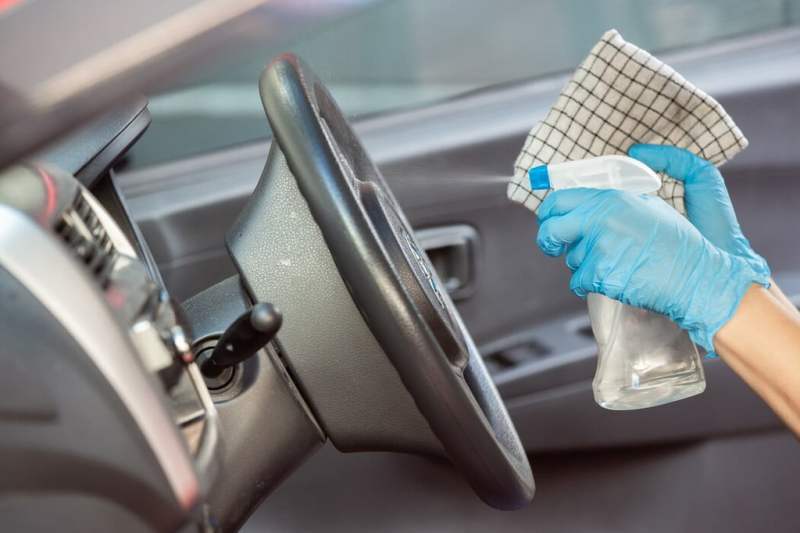
4. Forgetting to clean the interior
If you’re doing a thorough cleaning of your car, we recommend you start with the interior. This is because you will keep dirt, dust, and debris from blowing back to your car’s exterior after you’ve cleaned it.
Here’s how to clean your car’s interior:
Step 1: Remove any trash from your car.
Step 2: Remove the floor mats to clean them. Learn how to clean your car mats here.
Step 3: Vacuum the interior.
Step 4: Use a microfiber cloth with dedicated car interior soap to clean the dashboard, center console, door panels, and steering wheel.
Step 5: Wipe your interior windows using a microfiber cloth and a car window cleaner product.
Step 5: Vacuum and clean your car seats with a dedicated cleaner. Here are some of the best car leather cleaners so you don’t ruin your car’s leather interior. But if your car seats are fabric, use upholstery cleaner.
Step 6: Use an air freshener to make your car smell nice. Use some of these car air fresheners to refresh your ride.
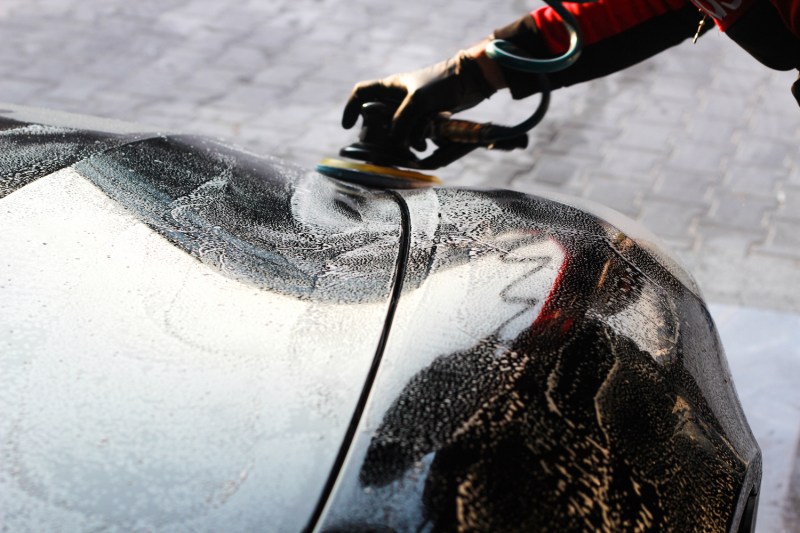
5. Cleaning your car in the wrong order
Before you start cleaning the exterior, rinse it with water to get rid of any loose debris and dirt. Next, wash the rims and tires using a dedicated brake dust and wheel cleaner so you don’t blow the loose debris and dust onto your car’s surface. Once you’re done with that part, clean your car from top to bottom, starting with the roof, while rotating the microfiber towels.
Of course, don’t forget to clean your car windows, side mirrors, and rubber moldings during the process. To get your headlights clean and bright, use one of these two popular methods for headlight cleaning.
Lastly, wax and buff your car — but be careful not to apply too much wax.
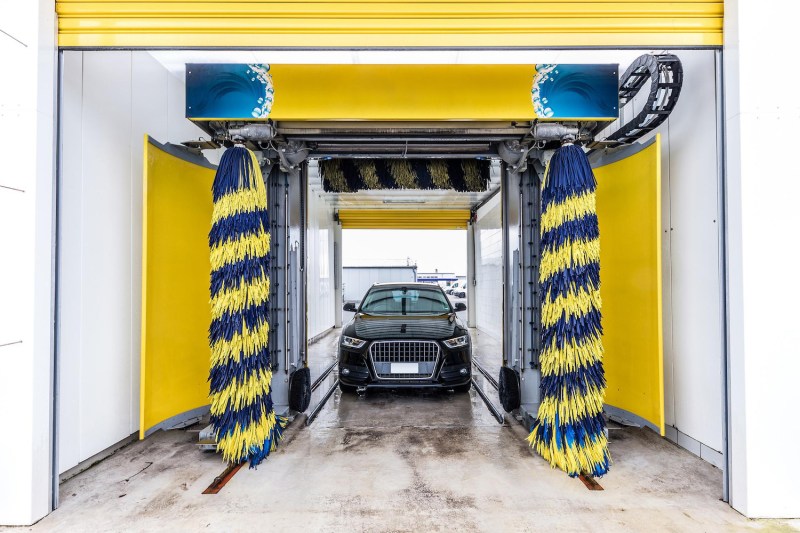
6. Taking your car to an automated car wash
You probably don’t know this, but an automated car wash with brushes could scratch your paint. This usually happens when the automated brushes accumulate leftover dirt and debris from other cars passing through the machine.
If you find the time, it would be better to wash your car at home — as long as you follow the right steps. But if you don’t have the time or the patience, a brushless car wash would be a better option than an automated car wash.
That’s it! Now that you know the mistakes to avoid, you should find it easy to wash your car. Better yet, you can supervise the cleaning process if someone else is doing it for you. Just remember to use products that are specifically made to clean cars, and use plenty of microfiber cloths.
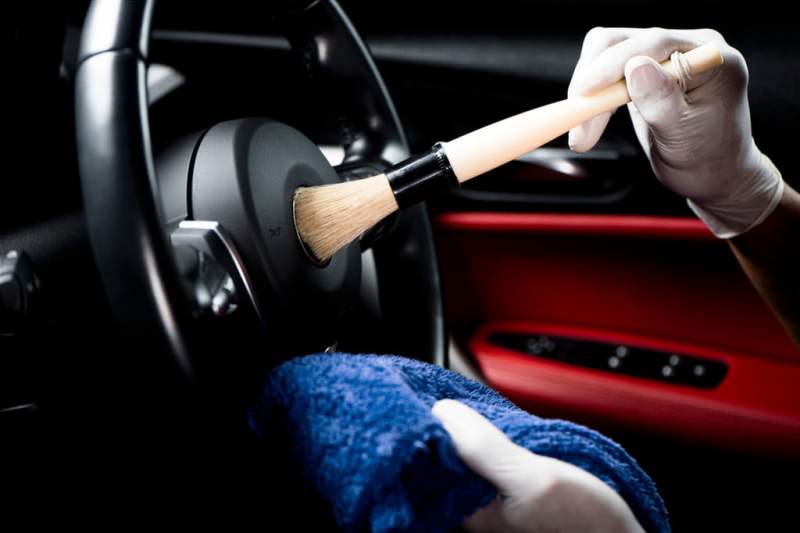
What’s the difference between a car wash and car detailing?
First of all, car wash and car detailing are not interchangeable. While a car wash is pretty self-explanatory, it’s just like it sounds, washing the inside and outside of your car. However, car detailing is much more than that.
According to Carfax, a car detail does start with a car wash, but then it goes much further. A good car detailer will completely vacuum the interior of the car and then wash the floor mats, work on getting stains out of the seats and the floors, clean all the trim both inside and out, clean the wheels and hubcaps, and polish the outside of the car to make the paint as shiny as possible. In other words, it goes into much more detail than an ordinary car wash.
You can do the detailing yourself, but keep in mind that professional car detailers have access to specialized equipment, which can be expensive. Unless you want to make a big investment, it might be better to have your car professionally detailed once a year.



